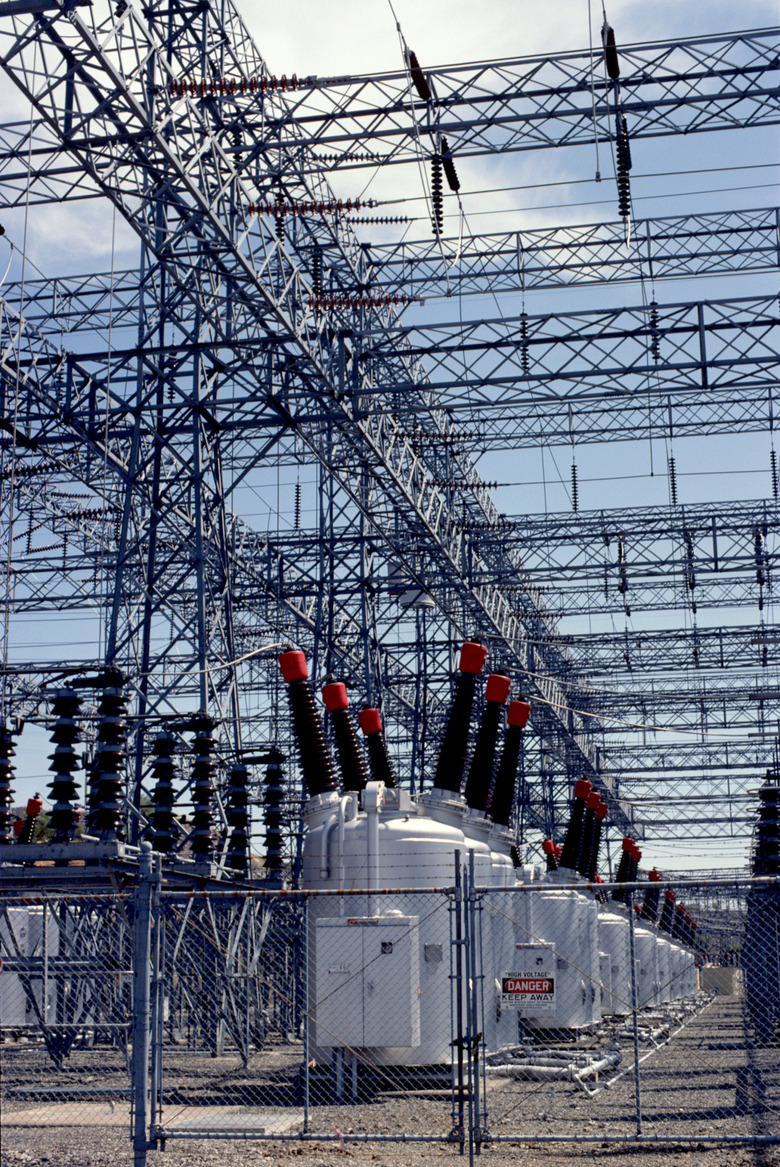How To Hook Up A 480V, 208V, Or 120V Transformer
Transformers serve as voltage step-up or step-down devices where the voltage applied to the input of the transformer is increased or decreased based on the transformer ratio. Transformers are essential to power distribution systems because utility companies must transform the main utility power as required to power households and buildings. Transformers are rated in various voltage and power levels and come in single-phase or three-phase versions. However, regardless of the rated voltage or the phase configuration, they all have same basic hookup.
Cite This Article
MLA
Chestnut, Dwight. "How To Hook Up A 480V, 208V, Or 120V Transformer" sciencing.com, https://www.sciencing.com/how-10020406-hook-up-480v-208v-120v-transformer/. 7 August 2017.
APA
Chestnut, Dwight. (2017, August 7). How To Hook Up A 480V, 208V, Or 120V Transformer. sciencing.com. Retrieved from https://www.sciencing.com/how-10020406-hook-up-480v-208v-120v-transformer/
Chicago
Chestnut, Dwight. How To Hook Up A 480V, 208V, Or 120V Transformer last modified March 24, 2022. https://www.sciencing.com/how-10020406-hook-up-480v-208v-120v-transformer/
